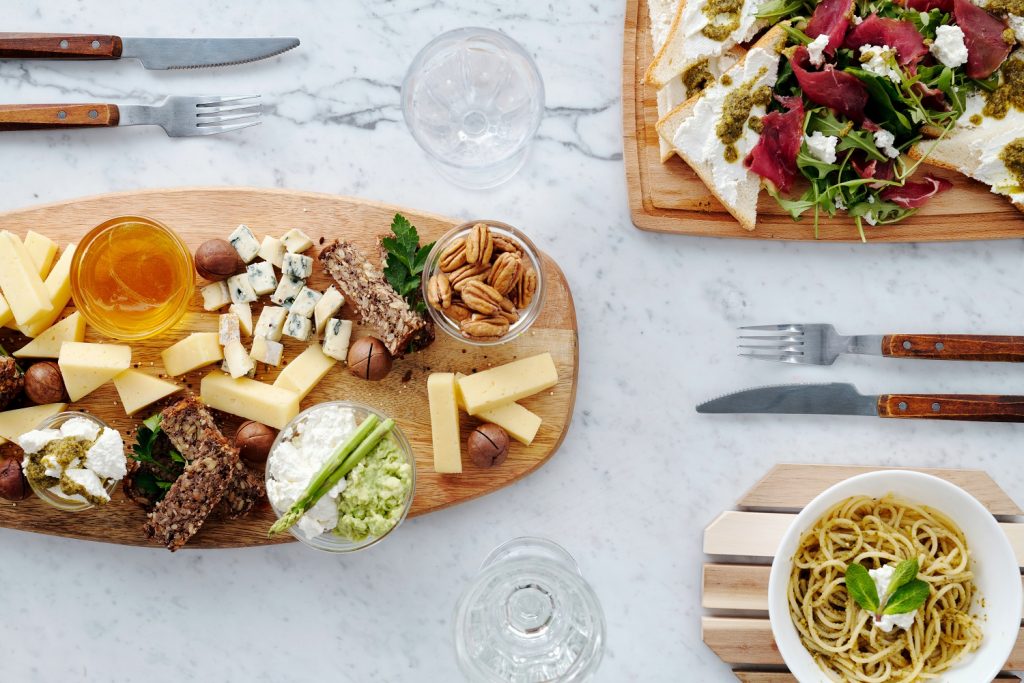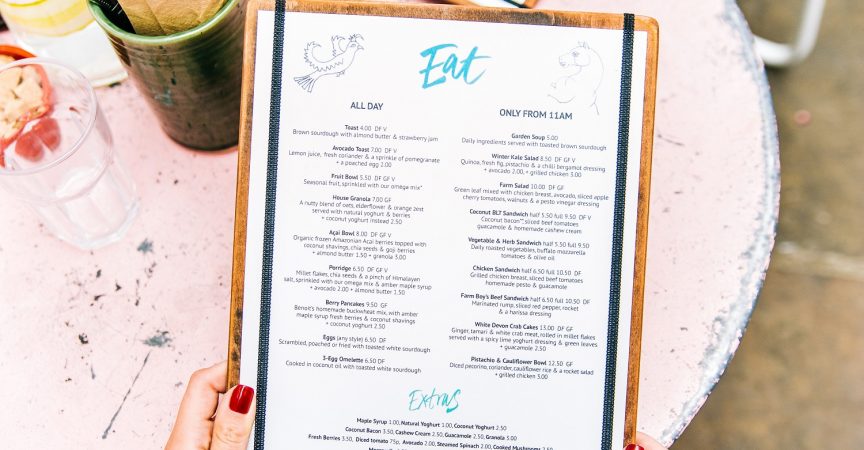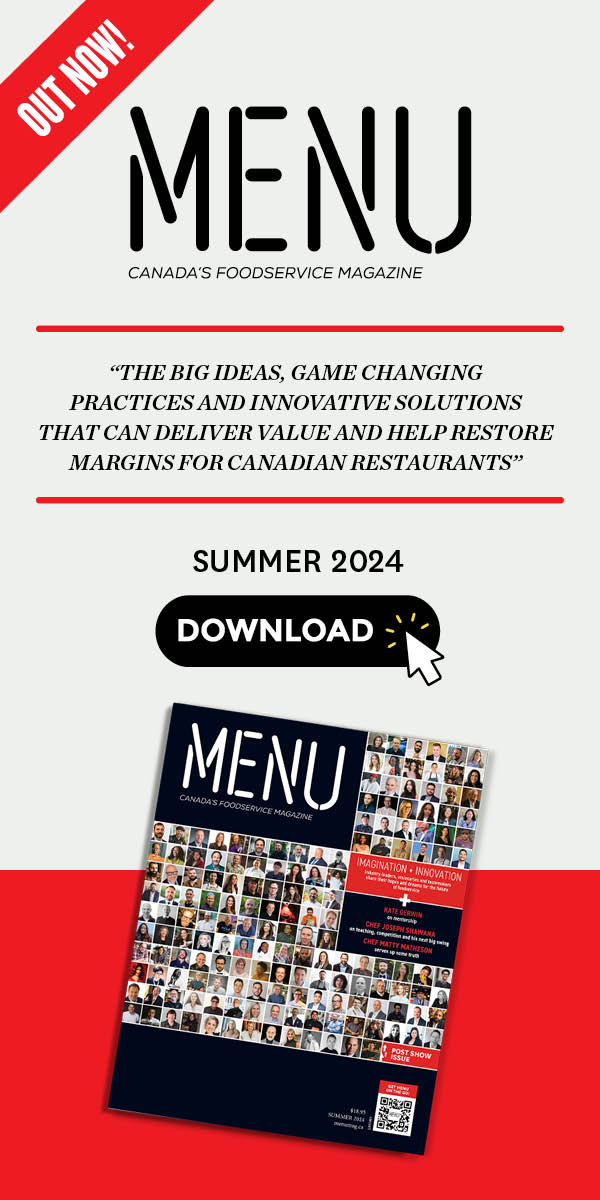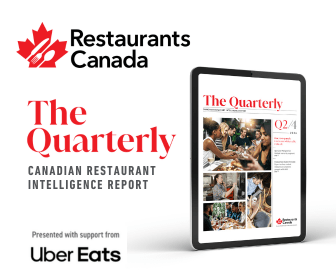Rapid Recovery Series: Session #8 – Engineering Your Menu
Operators are looking for savings, now more than ever, wherever they can achieve it. Along with labour, and rent, food costs is one of an operator’s biggest expenses, and thankfully, one that operators have more control over.
In Session #8: Engineering Your Menu for Profits, presented by The Fifteen Group, Fifteen Group president David Hopkins led the discussion on how restaurants can examine their menu to reduce food costs for a more positive bottom line.
As a reminder, you can view the session recording and download the presentation deck here and access all session recordings and downloads here.
David started off the presentation by speaking to the norm he sees working firsthand with restaurants. Most operators, he says, are aiming for 30% food cost but don’t often have a good idea of what ingredients are actually costing them. In fact, David pointed out that this 30% model isn’t actually the best judge of how successful your menu is, or how it will fare to produce a positive bottom line.

Here’s a few tips for operators as they begin to engineer their own menus:
Recipe costing is paramount
To start engineering your menu, take the time to cost out your recipes and menu. While this can be time consuming. According to David, now is the time to take advantage of the wage subsidy. Use the subsidy to help subsidize the cost of an employee spending the time to cost out your menu.
Food cost vs. margin
Focus on the margin instead of food cost when costing out your menu. David used the below example, based off of a real-life client:
In this scenario, product cost increased from $9.00 to $13.00. And if keeping with the same food cost, this operator would need to charge $50.00 for the dish that once cost $34.00. It’s a big jump, and one that many customers wouldn’t make. However, if looking at this from the margin, while the food cost rose to 34%, the operator is still making the $25 margin they once were and the $38.00 cost is more palatable for customers.
Or, consider playing around with the margin, to fit the best compromise and fit for your business. Perhaps adding one extra dollar to the end price makes more sense for you. Looking at the margin instead of the food cost helps improve profitability and value proposition.
Build a QuaM graph
While David goes into detail on the importance of the QuaM graph, here’s a quick primer; the QuaM graph allows you to plot out your menu in four categories: opportunities, stars, unknowns (?), and dogs.
- Opportunities are dishes that are perhaps below profit; and while you many wish to take them off the menu, if they’re popular, think about raising prices.
- Stars are items that are above average in profitability and popularity.
- Unknowns are items you want to sell more of, but currently may not be selling that well but it might take some digging to figure out why. David uses an example of a dish description on a menu using terms that the public may understand.
- Dogs are below average margin, popularity or quality. Take these items off the menu and try to recreate in a way that benefits your business.
While this is a start to engineering your menu for positive profits, there is much more to delve into. Relaunch and reopen with the right menu, reach out to David Hopkins and The Fifteen Group for help.
Rapid Recovery Series Articles
Session #1: COVID-19 Impact and Industry Outlook
Session #2: Opening Your Doors to a Safer Future
Session #3: What’s Your Post-COVID Profit Model?
Session #4: Navigating Landlord and Tenant Agreements
Session #5: Driving Online Revenue
Session #6: Rebuilding Your Wardrobe
Session #7: Winning Your Customer Back









